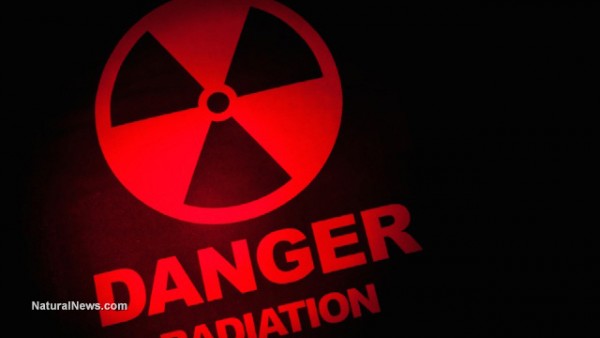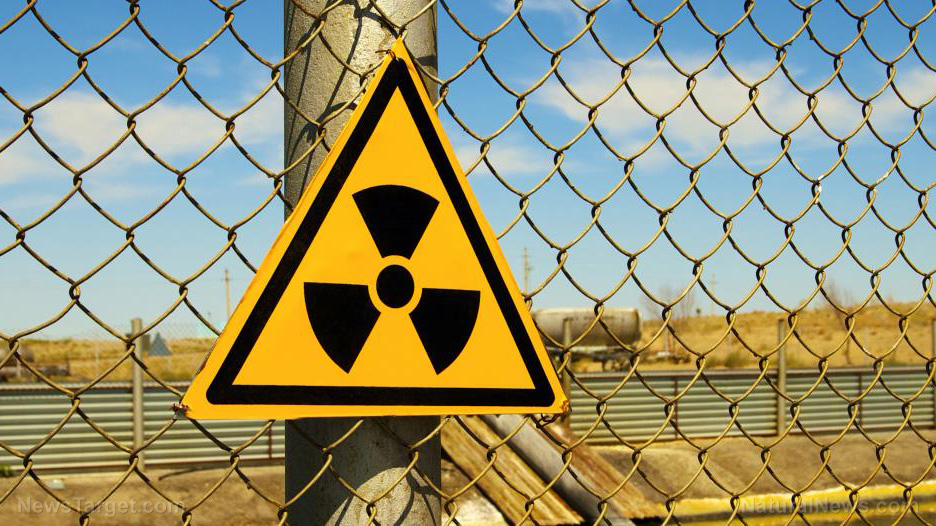10/04/2016 / By resistnews
The United States is at a critical point in the opioid epidemic: With appropriate action, we could significantly curb the scope of opioid abuse in this country. Unfortunately, political and institutional inertia has prevented us from putting in place the policies needed to effectively combat this epidemic. As a Certified Addiction Treatment Counselor, I have spent two decades working with individuals affected by opiate abuse and dependency. After witnessing the challenges faced by patients struggling with addiction, I have become ever more vocal in my advocacy for a comprehensive, multifaceted approach to fighting back against the opioid epidemic.
Article by Clare Waissman
The History of Opioid Use and Abuse in the United States
When opioids first hit American soil in the late 1800s, they were hailed as a wonder drug. Morphine was available to treat injuries during the Civil War, transforming patient health and comfort. When Bayer began commercially producing heroin in 1898, it was lauded for its immense pain-blocking power and potential clinical utility. Heroin was even used as a cough suppressant before doctors began recognizing its addictive potential in the 1920s.
Today’s prescription opioids — Vicodin, Percocet — did not enter the market until the 1970s. Even though the drugs were legal and approved by the Food and Drug Administration, physicians were wary about prescribing them. As pharmaceutical companies marketed the drugs, physician acceptance of prescription opioid prescribing increased steadily before skyrocketing after the introduction of OxyContin and other new painkiller formulations in the late 1990s. In 2012 alone, doctors wrote 259 million prescriptions for opioid painkillers, enough to give every adult in the country their own bottle of pills. In addition to increased prescription drug use, there has been an uptick in illicit heroin trafficking in the past decade. Much of the U.S. supply is funneled through Latin American trafficking networks.
The combined effects of over prescription of painkillers and increased heroin trafficking have contributed to an opioid epidemic of unprecedented proportions. An estimated 1.9 million people have a substance use disorder involving prescription opioids, with another 586,000 suffering from heroin abuse or dependency.
A Multifaceted Approach to Tackling the Opioid Epidemic
Unfortunately, the response to the opioid crisis has been slow to start and piecemeal in its approach. Earlier this year, Congress passed the Comprehensive Addiction and Recovery Act (CARA), a bill designed to address the growing number of people abusing heroin and prescription drugs in this country. Although CARA establishes programs designed to curb the scope of drug abuse, it does not come with funding attached. Partisan infighting prevented special funds from being appropriated for this endeavor, although Congressional leaders have said that they intend to appropriate the necessary funds in the future. These delays prevent the anti-opioid programs from taking full effect. It is patients and their families who lose.
A successful approach to tackling the opioid crisis must address structural problems that exist at the local, state, and federal levels. First, we must address the overprescription of opioid painkillers by physicians. This includes increased education about the effects of long-term opioid use as well as more stringent guidelines for painkiller prescribing. Expansion of prescription drug monitoring programs will also allow us to identify patients at risk of opioid addiction. This must include a national data center that allows physician and pharmacist review of all prescriptions a patient has received. Such a database would cut down on “doctor shopping” for multiple prescriptions, prevent irresponsible prescribing by physicians, and reduce the risk of harmful drug interactions.
We must also establish tighter border control regulations to reduce the influx of illicit drugs into the country. This includes enhanced border security at the U.S.-Mexico border, which the path of the majority of heroin entering our country. We must also improve security at ports, as synthetic opioids from China have ravaged several communities across the United States. Stricter criminal consequences for those found guilty of dealing drugs will help to contain the scope of this problem.
Finally, one of the most important tools in the fight against opioids is treatment. Unfortunately, legislation rarely includes funding to expand access to opioid treatment. Drug treatment programs such as medical detox can treat opioid dependency and help patients on the path to recovery. Additionally, better access to mental health care is needed. In my years as a Certified Addiction Treatment Counselor, I have observed hundreds of patients who first turned to opioids to deal with psychological or emotional pain. Providing mental health resources for these individuals can curb the rates of opioid addiction in the United States.
Clare Waismann, CATC. (Certified Addiction Treatment Counselor), is the founder of the Waismann Method. The Waismann Method has provided the latest medical techniques to treat opioid dependency with a specialized and individualized recovery care. Almost two decades later the center has established a superior reputation worldwide for achieving exceptional results.
Read more at: thehill.com




















